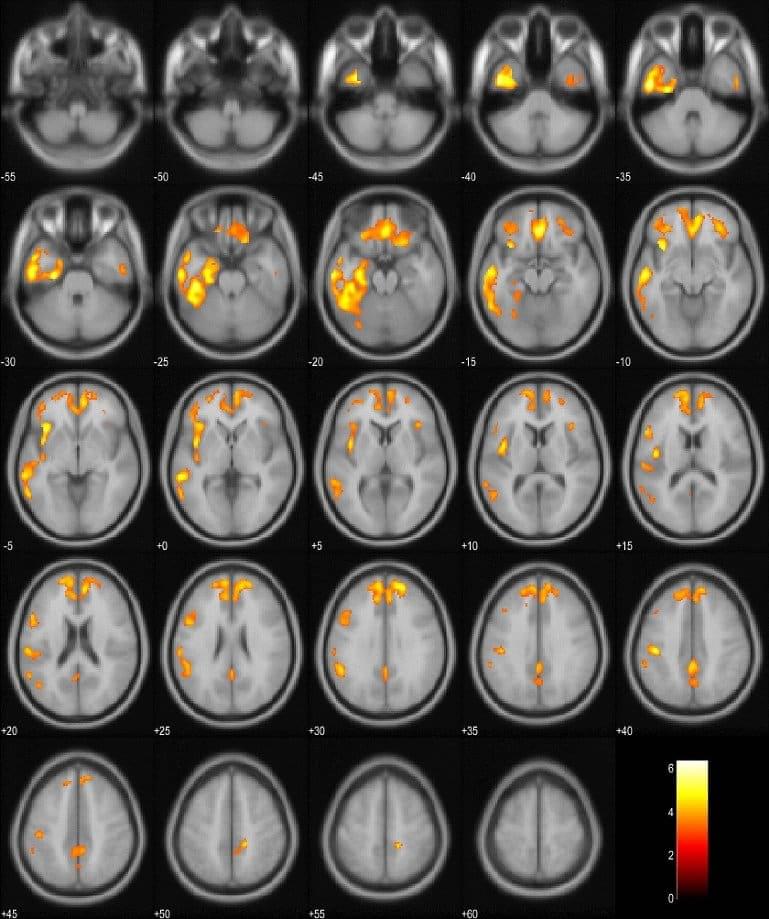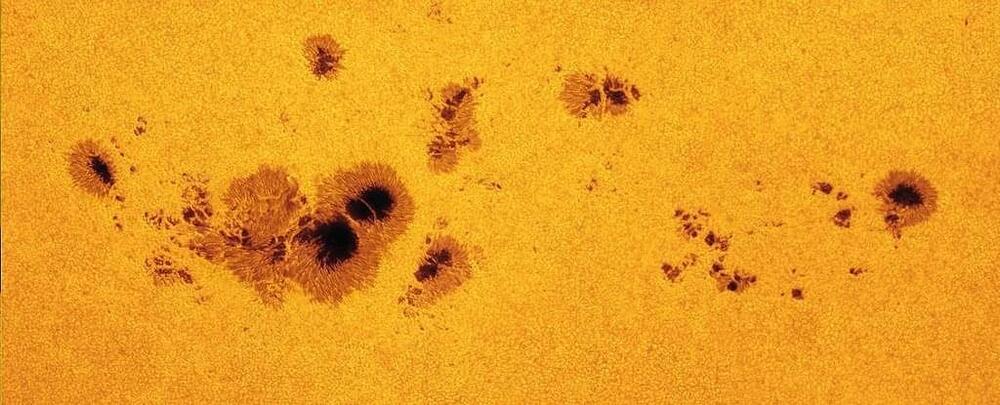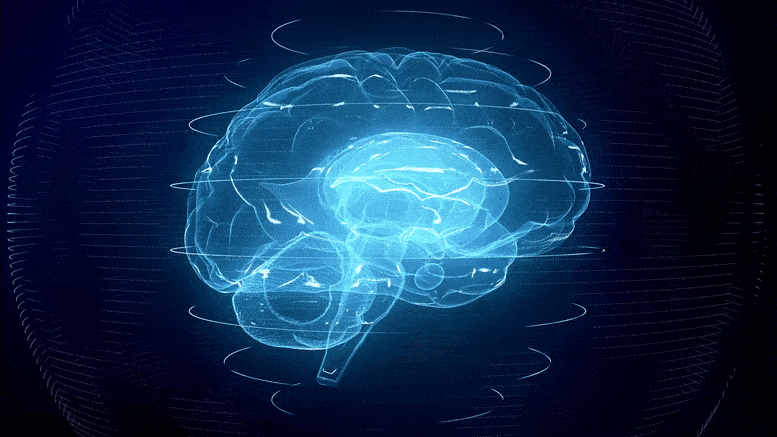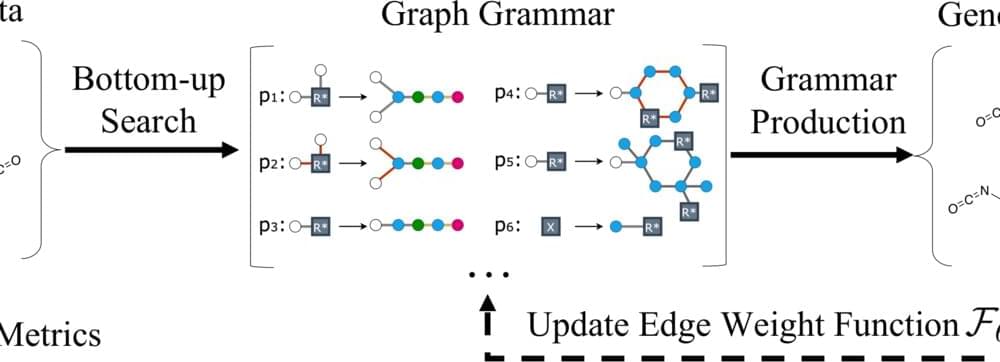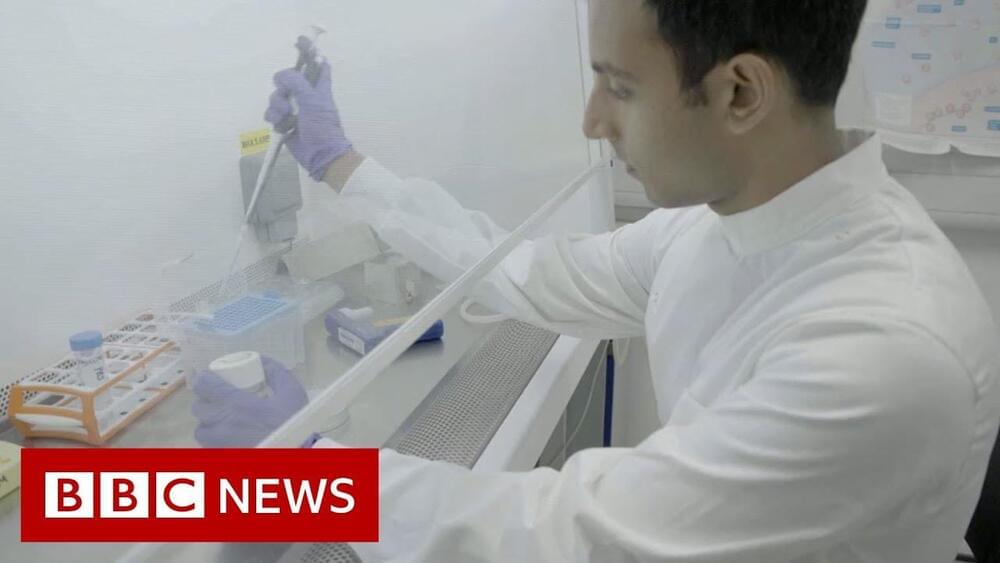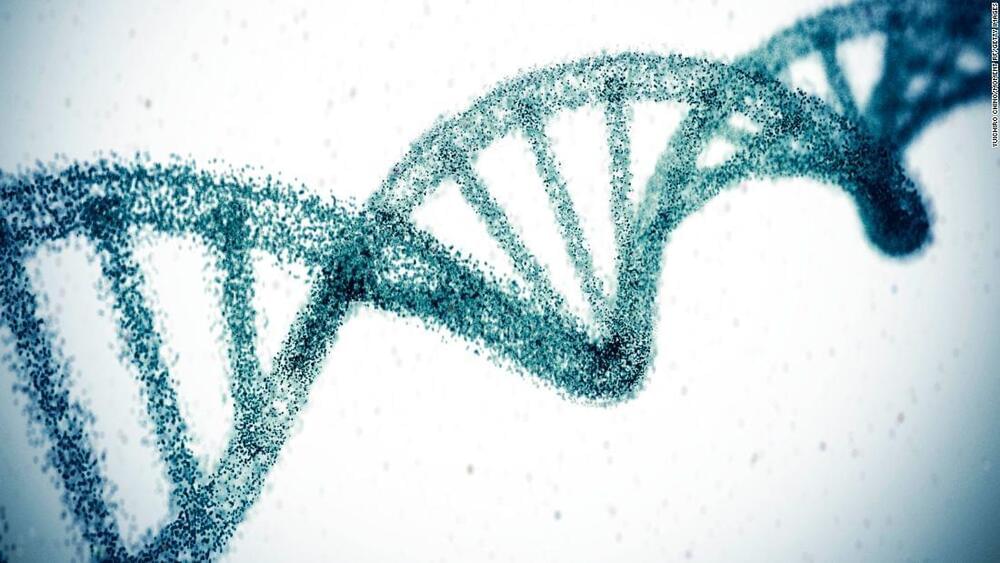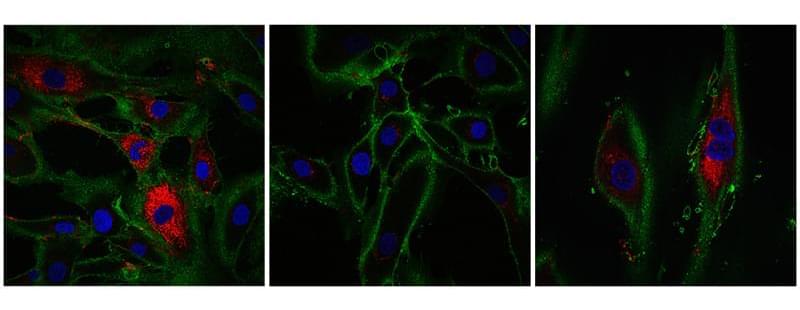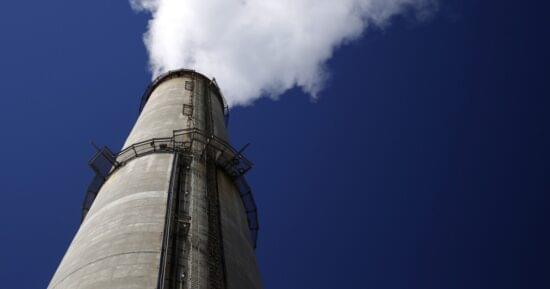Patients who suffer from frontotemporal dementia with extrapyramidal symptoms have brainstem atrophy and reduced metabolic activity in specific brain regions compared to those with FTD without extrapyramidal symptoms.
Summary: Patients who suffer from frontotemporal dementia with extrapyramidal symptoms have brainstem atrophy and reduced metabolic activity in specific brain regions compared to those with FTD without extrapyramidal symptoms.
Source: University of Eastern Finland.
Frontotemporal dementia patients with extrapyramidal symptoms have brainstem atrophy and reduced metabolism in certain areas of the brain significantly more often than patients without extrapyramidal symptoms, a new study from the University of Eastern Finland shows. This observation can facilitate differential diagnostics in frontotemporal dementia.
Weather predictions here on Earth are more accurate than they’ve ever been; trying to predict the behavior of our wild and wacky Sun is a little more tricky.
Case in point: according to official predictions, the current cycle of solar activity should be mild. But the gap between the prediction and what’s actually happening is pretty significant – and it’s getting wider. Sunspot counts, used as a measure for solar activity, are way higher than the predicted values calculated by the NOAA, NASA, and the International Space Environmental Service.
In fact, sunspot counts have been consistently higher than predicted levels since September 2020. This could mean that, in contrast to predictions, the Sun is in the swing of an unusually strong activity cycle.
A team of scientists has discovered how working memory is “formatted”—a finding that enhances our understanding of how visual memories are stored.
“For decades researchers have wondered about the nature of the neural representations that support our working memory,” explains Clayton Curtis, professor of psychology and neural science at New York University and the senior author of the paper, which appears in the journal Neuron. “In this study, we used both experimental and analytical techniques to reveal the format of working memory representations in the brain.”
The ability to store information for brief periods of time, or “working memory,” is a building block for most of our higher cognitive processes, and its dysfunction is at the heart of a variety of psychiatric and neurologic symptoms, including schizophrenia.
Chemical engineers and materials scientists are continuously looking for the following groundbreaking material, chemical, or medication. The emergence of machine-learning technologies has accelerated the discovery process, which may typically take years. Ideally, the objective is to train a machine-learning model on a few known chemical samples and then let it build as many manufacturable molecules of the same class with predictable physical attributes as feasible. You can develop new molecules with ideal characteristics if you have all of these components and the know-how to synthesize them.
However, current approaches need large datasets for training models. Many class-specific chemical databases only contain a few example compounds, restricting their capacity to generalize and construct biological molecules that might be generated in the real world.
This issue was addressed by a team of researchers from MIT and IBM by employing a generative graph model to create new synthesizable compounds within the same training data’s chemical class. The research was presented in a research paper. They model the production of atoms and chemical bonds as a graph and create a graph grammar — a linguistic analog of systems and structures for word ordering — that provides a set of rules for constructing compounds like monomers and polymers.
Not a solution, but a positive and interesting step. 2 mins.
Researchers have rejuvenated a 53-year-old woman’s skin cells so they are the equivalent of a 23-year-old’s.
Scientists in Cambridge believe that they can do the same thing with other tissues in the body which could lead to treatments for age-related diseases such as diabetes, heart disease and neurological disorders.
The technology is built on the techniques used to create Dolly the cloned sheep more than 25 years ago.
Please subscribe HERE http://bit.ly/1rbfUog.
A unprecedented global study of Alzheimer’s disease has uncovered an additional 42 genes that may affect a person’s risk of developing the disorder. Doctors hope to use that information to develop a more precise way to identify risk.
The researchers looked at multiple measures of cellular age. First, they used the epigenetic clock, where chemical tags throughout the genome indicate age. Secondly, they looked at the transcriptome, all the gene readouts produced by the cell. By these two measures, the reprogrammed cells matched the profile of cells that were 30 years younger, compared to reference data sets. In other words, cells from a woman of 53 now appeared like those of a woman aged 23.
The potential applications of this technique are dependent on cells not only appearing younger, but functioning like young cells too. Fibroblasts produce collagen – a molecule found in bones, skin tendons, and ligaments, helping provide structure to tissues and heal wounds. In this study, the rejuvenated fibroblasts produced more collagen proteins compared to control cells that did not undergo the reprogramming process. Fibroblasts also move into areas that need repairing. Researchers tested the partially rejuvenated cells by creating an artificial cut in a layer of cells in a dish, seen in the video below. The treated fibroblasts moved into the gap faster than older cells. This is a promising sign that one day this research could eventually be used to create cells that are better at healing wounds.
In the future, this research may also open up other therapeutic possibilities; the researchers observed that their method also influenced other genes linked to age-related diseases and symptoms. The APBA2 gene – associated with Alzheimer’s, and the MAF gene with a role in the development of cataracts – both showed changes towards youthful levels of transcription.
My sister is in the process of building a house in Ohio, and I’ve been having conversations with her about how to make it green. She and my brother-in-law both consider me to be eco-crazed (arguably rightly so given the climactic and political stakes) and so tend to raise eyebrows when I make one of my many helpful suggestions.
For example, I suggested they install a central heat pump instead of inefficient electric resistance heating, but only after consulting their HVAC guy, who is a fan of heat pumps, did they decide to install one (Woo-hoo! They’ll save thousands of dollars and pounds of CO2 with that choice). They are also making their home solar-ready and plan to install panels in the next couple of years — this is mostly because solar offers a sense of self-reliance that is perennially popular across political and geographic boundaries.
However, when I tried to talk them into installing a heat pump water heater, I ran into serious resistance. If you haven’t heard about heat pump water heaters, they are an enormously powerful energy/CO2 reduction technology lying hidden in plain sight in the most humble of appliances — the water heater.
This represents a $2.6 billion government giveaway to an industry that made $22 billion in profit in 2021.

